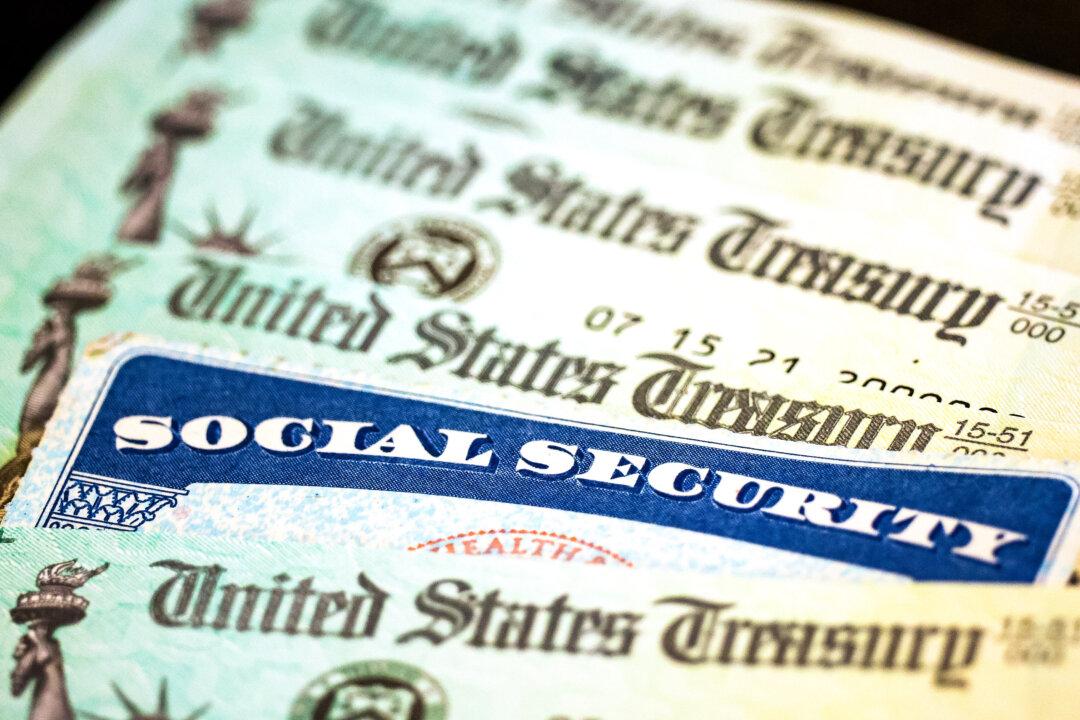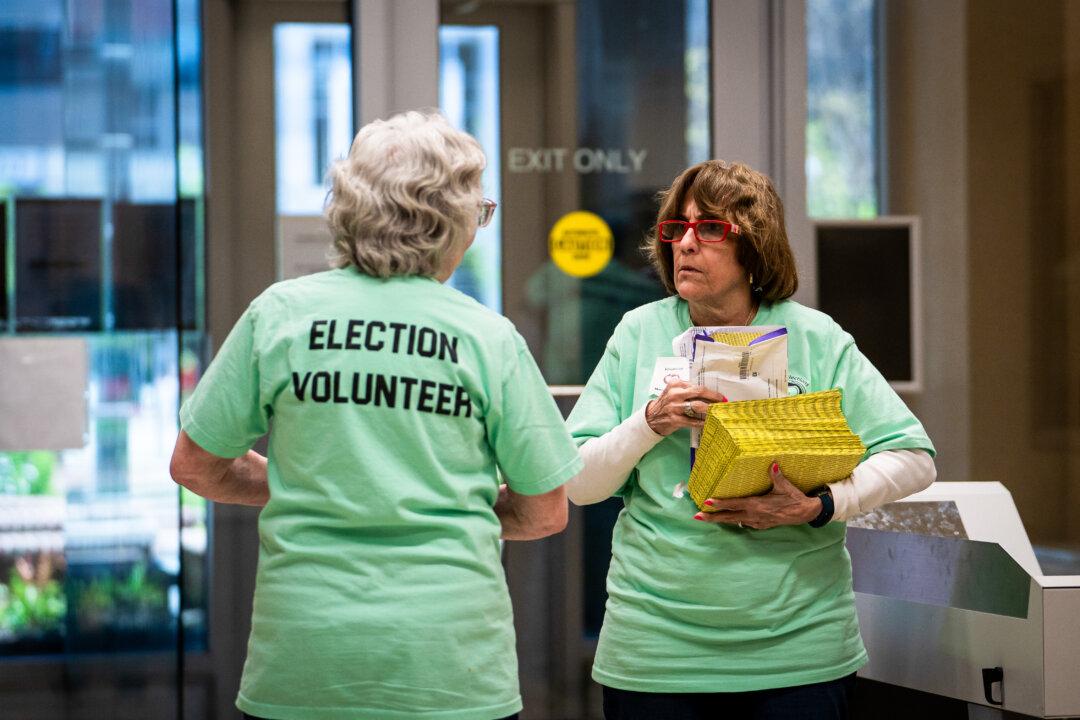Americans who receive supplemental security income (SSI) may see their monthly payments increase following a new rule from the Social Security Administration (SSA). The rule seeks to avoid reducing payments for people receiving rental assistance.
SSI monthly payments are paid to disabled or blind adults and children or to individuals ages 65 and older who have limited income and resources. There is a maximum limit on the monthly payments that people can receive, which for 2024 is set at $943 per person. The amount received by a person can be reduced based on various factors, one of which is their housing situation.
SSI payments are reduced if the recipient lives in another person’s house but does not pay their fair share of housing costs. For instance, if an individual were to rent a home with a current market rental value of $800 but pay only a discounted rate of $600, the $200 difference is considered a rental subsidy.
This rental subsidy would be deducted from the monthly SSI payment. So if a person qualifies for the full $943 in SSI monthly payment but has a rental subsidy of $200, the SSA has to pay only $743. In addition to rentals, the rule also affects people living in nursing homes and board and care facilities.
But under the SSA’s new final rule, published on April 11, SSI recipients who get rental assistance, such as renting a home at a discounted rate, will be less likely to see their monthly payments reduced.
“This may increase the benefit amount some people are eligible to receive and will allow more people to qualify for critical SSI payments,” the agency stated.
The rule is already applicable in seven states: Connecticut, Illinois, Indiana, New York, Texas, Vermont, and Wisconsin. The SSA is now expanding the rule to all SSI recipients nationwide. The new rule comes into full effect on Sept. 30.
“Our mission is to continue to help people access crucial benefits, including SSI,” said Martin O’Malley, commissioner of the Social Security Administration.
Backed by Multiple Organizations
When the SSA proposed the rule last year, several organizations came forward to back it.In a letter to the agency, the National Women’s Law Center noted that many SSI recipients live in shared accommodation or rely on their family or other private assistance to pay rent and so would see their monthly payments reduced.
“[The new rule] will allow more SSI beneficiaries to receive the full amount of their extremely modest benefits,” the group stated.
The Charlotte Center for Legal Advocacy pointed out that many SSI recipients “cannot afford fair market rents on just the federal benefit rate anywhere in the country.”
“In Charlotte, North Carolina, the median rent for a studio apartment is $1,497 a month, over $500 more than the maximum SSI rate of $941,” the organization stated.
Adopting the rule would ensure uniformity in how rental assistance is handled by the SSA, it noted. Prior to the rule change, SSI beneficiaries receiving federal housing assistance had been eligible for full benefits; people who rely on private assistance have seen their benefits getting reduced.
Doing Away With Food Deductions
The relaxation of rental subsidies is the latest SSA initiative to remove barriers keeping SSI beneficiaries from receiving full payments.In addition to housing, food assistance has also been deducted from the payment amount. But late last month, the SSA announced that it would no longer deduct food assistance when calculating SSI. As with the rental subsidy rule, the food assistance rule is set to come into effect on Sept. 30.
“The new policy removes a critical barrier for SSI eligibility due to an applicant’s or recipient’s receipt of informal food assistance from friends, family, and community networks of support,” the SSA stated.
“[The new rule] is easier to understand and use by applicants, recipients, and agency employees.”
“[SSI beneficiaries] have less information to report about food assistance received from family and friends, removing a significant source of burden.”
The agency also stated that the new rule also reduces “month-to-month variability in payment amounts.”
In addition to SSI, the Social Security Administration has recently made changes to Social Security payments that are favorable to beneficiaries.
Earlier, if the agency discovered it had overpaid a beneficiary, it would withhold 100 percent of their monthly benefits until the overpaid amount was recovered.
“[However,] the agency will collect 10 percent (or $10, whichever is greater) of the total monthly Social Security benefit to recover an overpayment, rather than collecting 100 percent as was previous procedure,” the SSA stated, giving March 25 as the start date for the policy shift.







